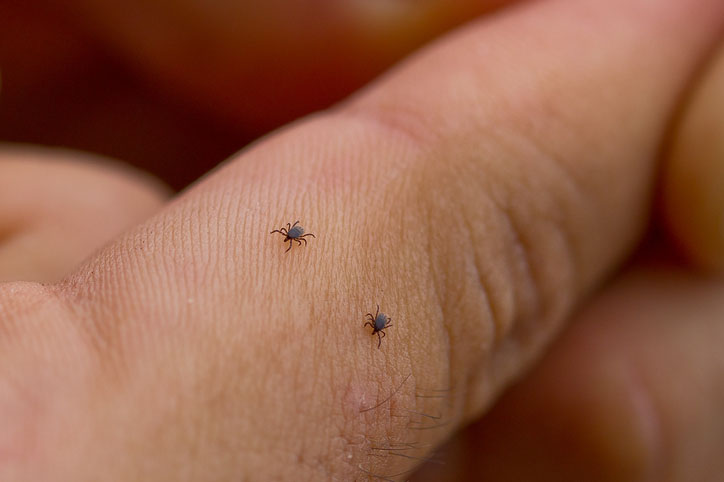Amyloidosis in Cats
- Disorders Affecting Multiple Body Systems of Cats
- Introduction to Disorders Affecting Multiple Body Systems of Cats
- Congenital and Inherited Disorders Affecting Multiple Body Systems of Cats
- Amyloidosis in Cats
- Anthrax in Cats
- Ehrlichiosis and Related Infections in Cats
- Feline Infectious Peritonitis
- Feline Panleukopenia
- Fungal Infections in Cats
- Glanders (Farcy) in Cats
- Leishmaniasis in Cats
- Lyme Disease (Lyme Borreliosis) in Cats
- Melioidosis in Cats
- Nocardiosis in Cats
- Peritonitis in Cats
- Plague in Cats
- Q Fever in Cats
- Tetanus in Cats
- Toxoplasmosis in Cats
- Trichinellosis (Trichinosis) in Cats
- Tuberculosis in Cats
- Tularemia in Cats
Also see professional content regarding amyloidosis.
Amyloidosis is a condition that occurs when amyloid, a substance composed of abnormally folded protein, is deposited in various organs of the body. Some types of amyloidosis are hereditary in cats. Abyssinian cats are known to be at risk for hereditary amyloidosis. Other types occur as a result of infections, various cancers, or other inflammatory or immune-related conditions. However, the cause is often unknown.
Amyloid can be deposited throughout the body, or in just one specific area. The misfolded protein causes damage by displacing normal cells. The disease can become fatal if amyloid is deposited into the tissue of critical organs, such as the kidneys, liver, or heart. All domestic mammals may develop amyloidosis. Senile systemic amyloidosis is the form of amyloidosis commonly seen in older animals. Aged animals commonly have minor deposits of amyloid without signs.
There are several types of amyloid, and the classification of amyloidosis is based on which amyloid protein is involved. Deposits of AA amyloid can result from chronic inflammatory diseases, chronic bacterial infections, and cancer. The amyloid is usually deposited in organs such as the spleen or kidneys. The animal may not show any signs of illness. If AA amyloid is deposited in the kidneys, it can lead to a buildup of protein and result in kidney failure. However, kidney amyloidosis is uncommon in cats, except for Abyssinian cats, in which it is inherited. AL amyloid is another common form of amyloid protein. AL amyloid tends to be deposited in nerve tissue and joints.
Because of its wide distribution and stealthy onset, amyloidosis is difficult to diagnose. However, your veterinarian might suspect amyloidosis if your cat has a chronic infection or inflammation and develops kidney or liver failure. No specific treatment can prevent the development of amyloidosis or promote the reabsorption of the protein deposits.
- Disorders Affecting Multiple Body Systems of Cats
- Introduction to Disorders Affecting Multiple Body Systems of Cats
- Congenital and Inherited Disorders Affecting Multiple Body Systems of Cats
- Amyloidosis in Cats
- Anthrax in Cats
- Ehrlichiosis and Related Infections in Cats
- Feline Infectious Peritonitis
- Feline Panleukopenia
- Fungal Infections in Cats
- Glanders (Farcy) in Cats
- Leishmaniasis in Cats
- Lyme Disease (Lyme Borreliosis) in Cats
- Melioidosis in Cats
- Nocardiosis in Cats
- Peritonitis in Cats
- Plague in Cats
- Q Fever in Cats
- Tetanus in Cats
- Toxoplasmosis in Cats
- Trichinellosis (Trichinosis) in Cats
- Tuberculosis in Cats
- Tularemia in Cats





